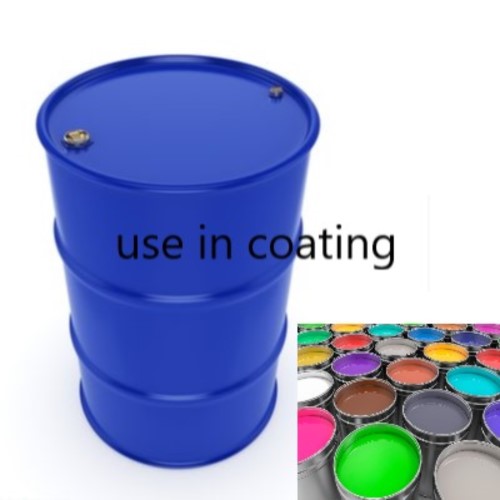In early March, during the annual sessions of the National People's Congress and the Chinese People's Political Consultative Conference, a joint study titled *China Manufacturing Competitiveness Research 2007–2008*, conducted by Booz Allen Hamilton and the American Chamber of Commerce in Shanghai, highlighted a growing concern: China’s traditional role as a low-cost, export-driven manufacturing hub is beginning to wane. Among the 66 foreign-invested companies surveyed, over half believed that China is gradually losing its competitive edge compared to other low-cost countries like Vietnam and India. Hornbey, chairman of the Shanghai Manufacturing Industry Committee at the American Chamber of Commerce, remarked, “The era of Chinese manufacturing is coming to an end. You can’t just think of it as a manufacturing workshop anymore.â€
The research aimed to understand how U.S. manufacturers could maintain their competitiveness amid rising costs and increasing competition in China. Dr. Xie Zuyi, President of Booz Allen Greater China, explained that the study sought to examine the perspectives of these companies on China as both a sales market and an export platform, while also analyzing their operational structures and management strategies within the country. The goal was to provide actionable insights and recommendations.
According to the survey, 54% of respondents felt that China is losing its competitive advantage against other low-cost nations. The primary reasons cited were rising labor costs and RMB appreciation. Specifically, 70% of companies attributed the decline to the renminbi’s appreciation, while 52% pointed to higher wage costs. Salaries for white-collar managers and blue-collar workers increased by 9.1% and 7.6%, respectively. Additionally, 33% of companies mentioned employee turnover as another factor contributing to the loss of competitiveness.
Dr. Xie also noted that the implementation of the Labor Contract Law in January 2008 would further raise labor costs, a trend widely recognized in the industry. As a result, many companies expect that manufacturing labor costs will not ease in 2008.
Approximately 20% of the surveyed companies reported having a clear plan to shift some operations out of China. Of those planning to relocate, 88% stated they initially chose China due to its low labor costs. However, today’s lower wages and tax incentives in other countries are making China less attractive. Vietnam emerged as the top alternative, with 63% of relocation-intending companies considering it the best option, followed by India at 37%.
Operational inefficiencies also pose a challenge. The study found that China still lags behind global standards in several key areas, including logistics infrastructure, trade environment, technology access, management capabilities, and intellectual property protection. Many multinational companies fail to optimize their operations in China or fully leverage the country as a strategic hub for manufacturing and procurement.
Furthermore, three-quarters of the surveyed companies lacked best practices in their operations. Only 11% had implemented integrated systems like ERP or MRP, while just 7% used advanced inventory analysis tools, and a mere 4% applied best practices in supply chain risk management. These gaps suggest that while China remains a significant player, its ability to sustain long-term competitiveness depends on addressing these operational shortcomings.
Polyester Polyol
Polyester polyols are the important raw materials of coating, adhesives, elastomer and foam.
Polyester polyols can be divided into aromatic polyols and aliphatic polyols because of the acid and polyols.
Aromatic polyols are mostly used in preparing PU rigid foam which foam has great thermal insulation ability.
Aliphatic polyols with different raw materials show different performance.
No mater aromatic polyols or aliphatic polyols, we can provide the special products according to customers` requirement.


Polyester polyol is a type of polyol that is derived from the reaction between a polyol (such as glycerol or ethylene glycol) and a dicarboxylic acid (such as adipic acid or phthalic anhydride). It is commonly used as a raw material in the production of polyurethane foams, coatings, adhesives, and elastomers.
Polyester polyols have several advantages over other types of polyols. They have good chemical resistance, mechanical properties, and thermal stability. They also have low toxicity and are environmentally friendly. Additionally, polyester polyols can be easily modified to achieve desired properties, such as increased flexibility or flame retardancy.
Polyester polyols are typically liquid at room temperature and have a high molecular weight. They can be further reacted with isocyanates to form polyurethane materials, which have a wide range of applications in various industries, including automotive, construction, and furniture.
Tpu Polyester Polyol,coating for synthetic leather,Polymeric Polyol Resins,L Polyester Polyol Raw Materia
XUCHUAN CHEMICAL(SUZHOU) CO., LTD , https://www.xuchuanchem.com

